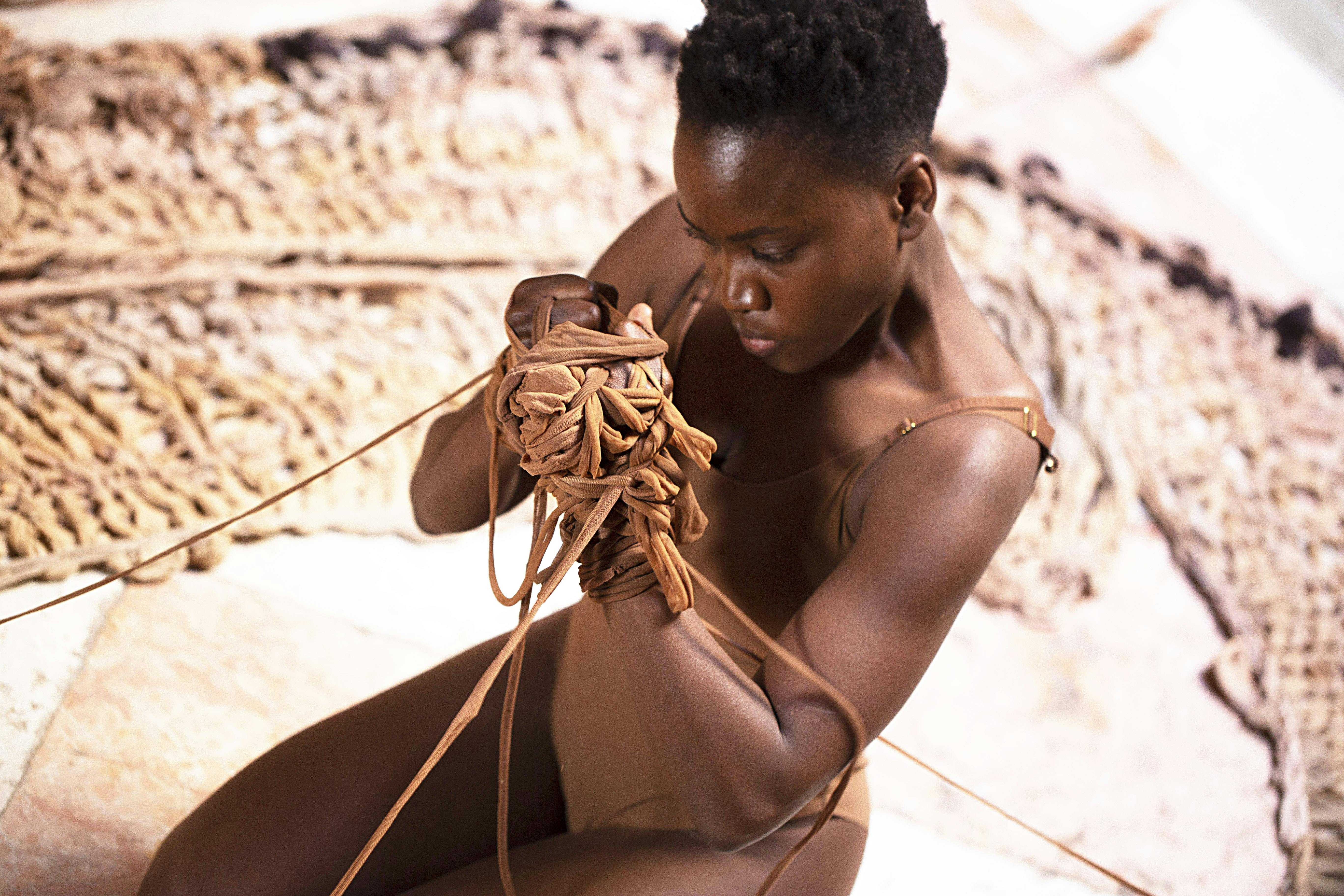

How are you?
I’m doing well thank you. We’re still in lockdown here in London but looking forward to it being lifted soon. I’ve been focusing a lot on my self-care and mindfulness to stay positive and motivated.
Can you present yourself?
Sure, I’m Enam Gbewonyo, a British Ghanaian textile and performance artist living and working in London, England. I’ve been practicing as an artist for over ten years now and my work explores themes of humanity, womanhood, and identity. I also use my practice to advocate the healing benefits of craft.
What is your artistic background? (uni or self-taught)
I went to university, however, my BA is in Textile Design rather than Fine Art. After graduating I got a fashion internship in New York and ended up living there for 7 years working as a knitwear designer. I returned to the UK in 2008 when I was made redundant and it was this course of events that was the catalyst to kickstarting my art career.
What was your first artistic creation?
Such a great question. The first thing that came to mind was a drawing I did at Primary School. I was in Class 2 so would have been 6 years old. For homework, we were asked to draw a picture of our favorite meal. I drew a picture of a traditional Ghanaian dish my Mum makes and that remains a favorite to this day, banku and okro soup. What I remember most was how proud and happy I was with the drawing. Till now it’s the feeling I always aim for with work I make, it’s how I know I have stayed true to myself and that the work is a true representation of me.
Tell me more about your art. What are your sources of inspiration? And what is your message to the world?
Since 2016 I have been continuously developing the series, ‘Nude Me/ Under the Skin’. The series investigates the history of nude tights and how this history intersects with that of the black woman. In particular, it highlights how this simple garment has been a tool that marginalized the black woman. Some of the themes I pick out in this investigation cross periods of slavery and colonization, the Windrush era in England and the black NHS nurses of that time, the elitism and racism in the ballet industry as well as the environmental impact of the hosiery industry which on a deeper level comments on how the Global North’s consumerism adversely affects the Global South.
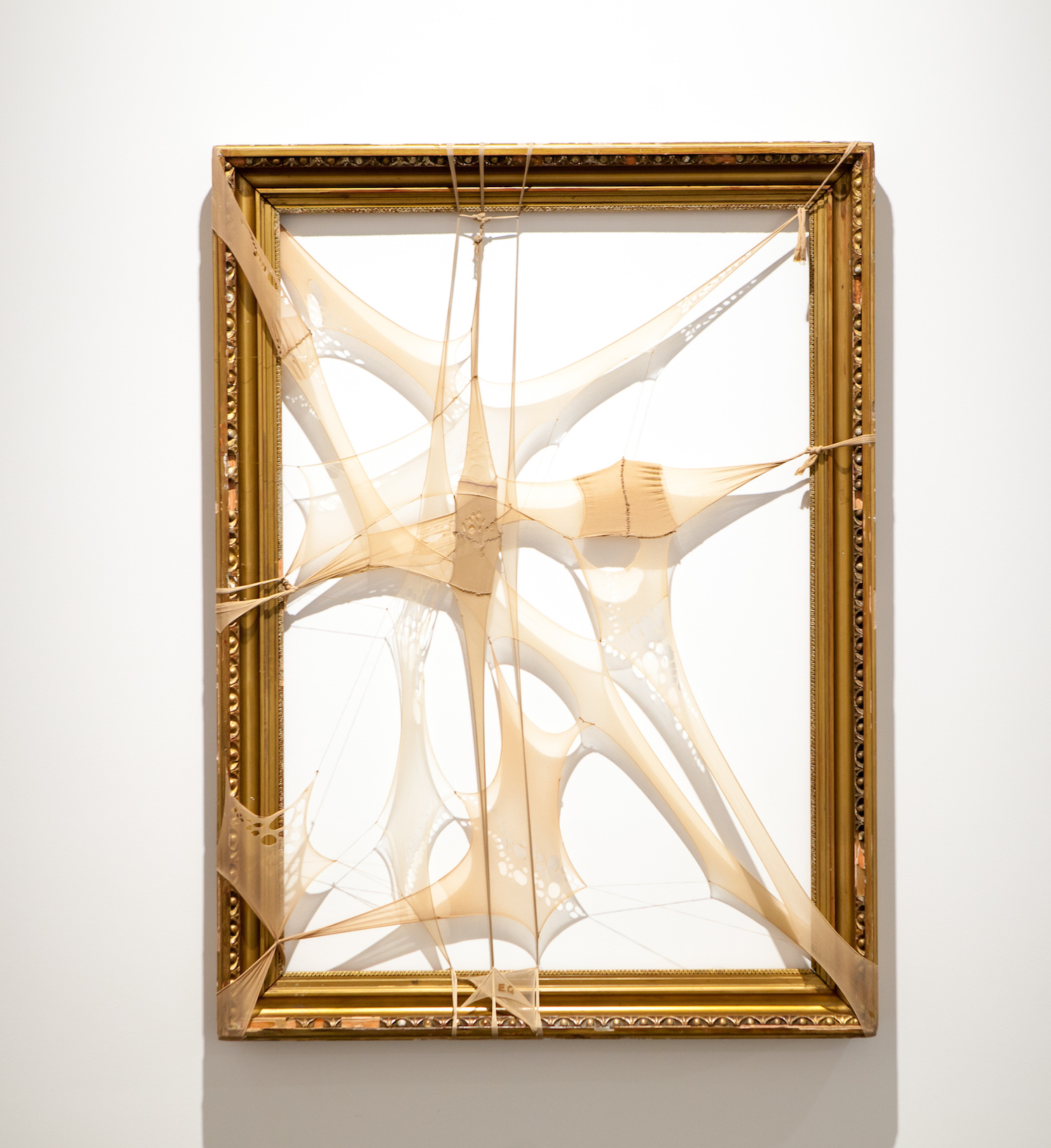
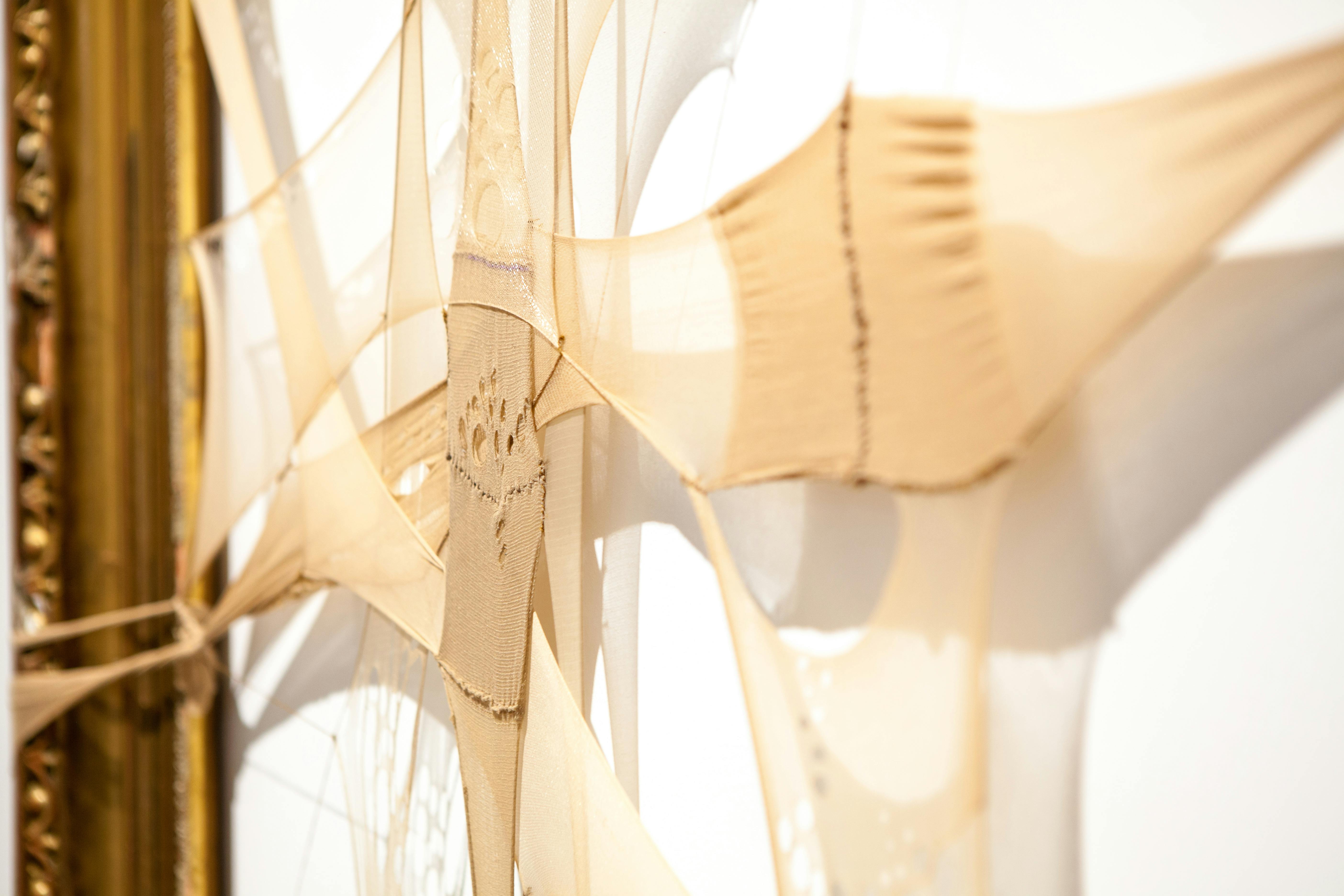
In the artworks, this exploration takes shape by working directly with tights as the main material. Its capabilities are manipulated and expanded into new, peculiar objects. The tights are repurposed into single forms, yarn and canvas then experimented with by knitting, plaiting, embroidering, burning, trapping, printing, and painting on them. The work is then further expanded through performance. The performances act as a vehicle to process and provide healing from the trauma and pain the black woman has experienced throughout history. More widely it aims to provide healing for the global community and our shared history as it does not singularly affect just the black community. In a way, my performances take the overarching message of the artworks and magnify it. And that message is; no matter our race/ ethnicity, under the skin we are all the same. We all have the same ecosystem of veins and vessels pumping our life force through our bodies. It is an ecosystem mirrored in all-natural life, it is a reminder that we are all connected and one energy.
Can you describe your working environment / your workshop? and your daily routine?
I have a lovely studio in Croydon at ASC Art House which is a new and purpose-built studio complex. I’m spoilt as the studios are gorgeous with floor-to-ceiling windows and central heating – definitely a big upgrade from the dark, cold, leaky studio I had before! It’s nice because there are about 150 studios in the building so there’s a great mix of artists and makers of all kinds and it’s a really supportive community. Unfortunately, I don’t get there often enough now as I work part-time 3 days a week, and also because of lockdown. But that’s the great thing about working in textiles, I can easily work from home, which is how I’ve been making work through most of the lockdown. My work is both labour and time-intensive so I tend to work in short bursts usually in the evening, I’ll put on my favorite binge-watch and knit, or stitch. When I do work in the studio, I usually put on a Spotify playlist or podcast. One of my favorite podcasts at the moment is Talkart. While my work is labour intensive, I find it really relaxing and meditative, it’s certainly helped me get through the lockdown.
You are a member of the Black British Female Artist. Can you tell me more about this foundation?
I founded the Collective in 2015. The idea was borne of my own experiences trying to navigate the art world and coming across a multitude of barriers, those of race, gender, age, and class. Till recently Black British Female Artists have been quite invisible in the arts landscape with the likes of Lubaina Himid, Claudette Johnson, and Sonia Boyce only now really getting their dues since their emergence as part of the Black Art Group in the 1980s. The BBFA Collective serves as a platform to highlight the work of our members and help them build sustainable careers. It also serves as a space to build more awareness of the inequalities black women artists face and to start to address them.
Can you tell me your (next) exhibition dates? and the places?
Well at the moment I have work in the fantastic group exhibition "Memoria: récits d'une autre Histoire" at the Frac Nouvelle-Aquitaine MECA in Bordeaux. It opened on 5 February and runs till 21 August, hopefully, I’ll be traveling out there to deliver a performance this summer. For me, it’s such an honor to be included in an exhibition that highlights so many of my art sheroes like Ndidi Dike, Mary Sibande, and Otobong Nkanga.
I also have my first solo exhibition with the London-based TAFETA Gallery in July this year. I’m super excited about it and the new work I’m making for it.
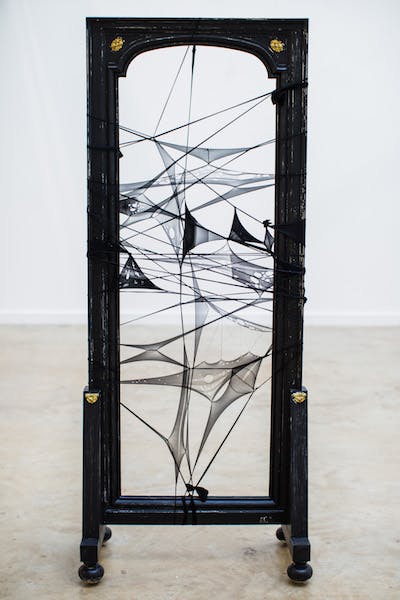
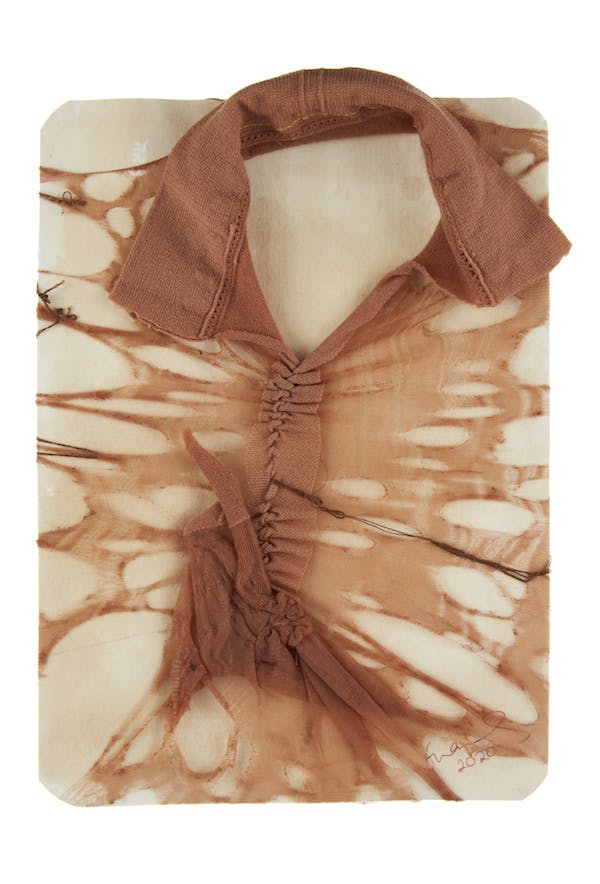
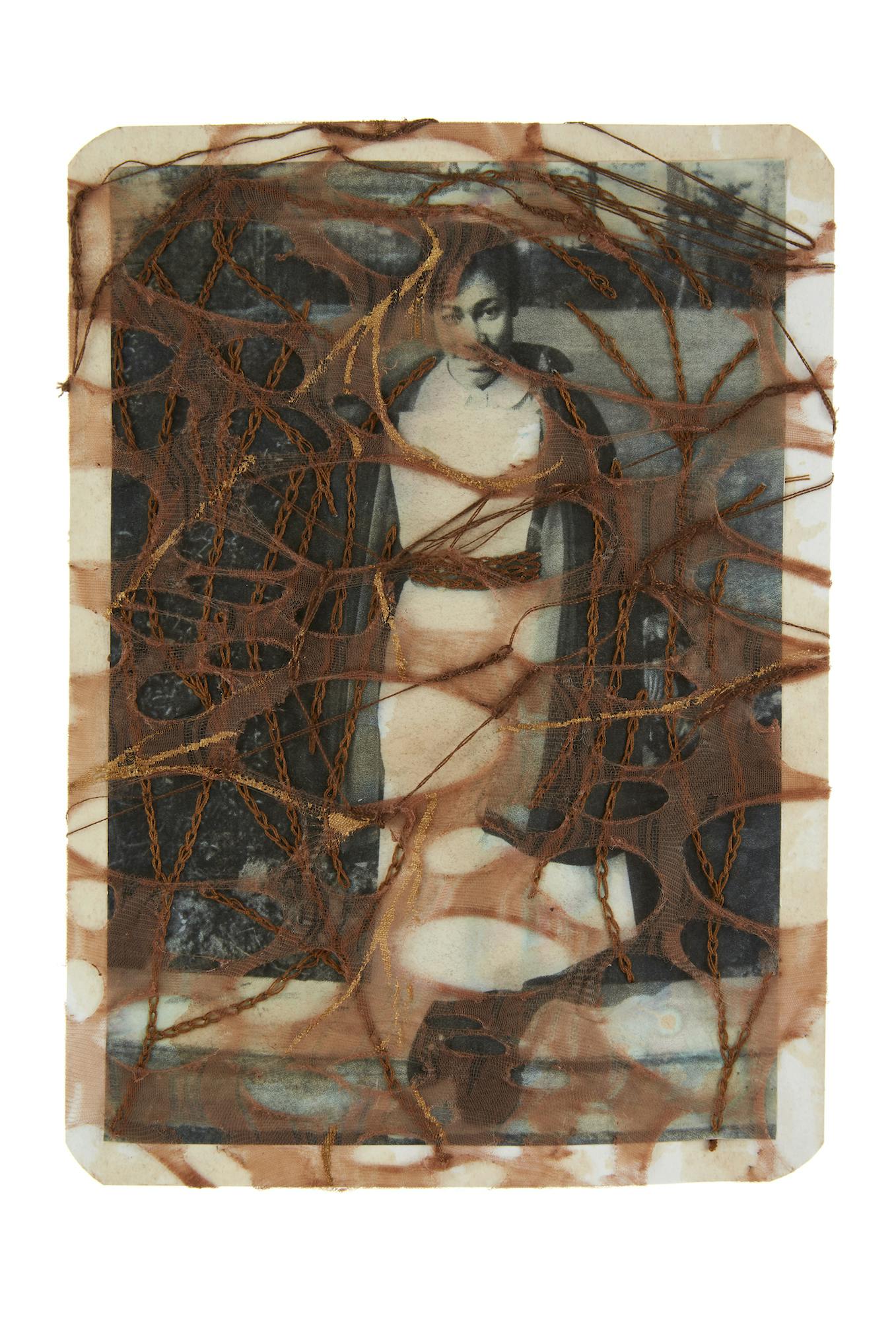
What's your next challenge?
My next challenge is to further develop the public engagement arm of my practice. This will take the form of a series of workshops I’m hoping to roll out later in the year across different regions in the UK. They will be aimed specifically at black women and will be an intergenerational space where I use the key elements of my practice - movement, meditation, and making. These elements are crucial as the workshops aim to address the generational trauma and pain held within black women’s bodies and provide space for healing.
What do you think about the representation of women artists in the art world?
I think it’s definitely changing, I’ve certainly seen that more effort is being made to highlight women artists however there is still a long way to go. There is still a disproportionate gap across the board in the number of women artists represented by galleries, included in exhibitions, and represented in museum collections. And women artists still statistically sell for a lot less than their male counterparts. Being a black woman, I of course then drill down to the condition for black women artists and the gap is even steeper. Again, there’s been some change in recent years and even more so in the last few months as a result of the Black Lives Matter movement however my concern is always how genuine these changes/efforts are. More often than not when the change called for is racial, efforts tend to be tokenistic. This is part of the reason why I started the Collective and why so many other Black art organizations are taking charge and doing the work themselves. We all know that for real change to occur we need to hold some of the power.
Do you want to add something else (a message to pass)?
I’d love to end by sharing one of the affirmations that have become a bit of a mantra for me. It’s: "I’m vibrating on a frequency of happiness, health, and wealth". This moment in time has been taxing on us all as a global community this affirmation has provided me with much comfort throughout and I hope it does the same for others.
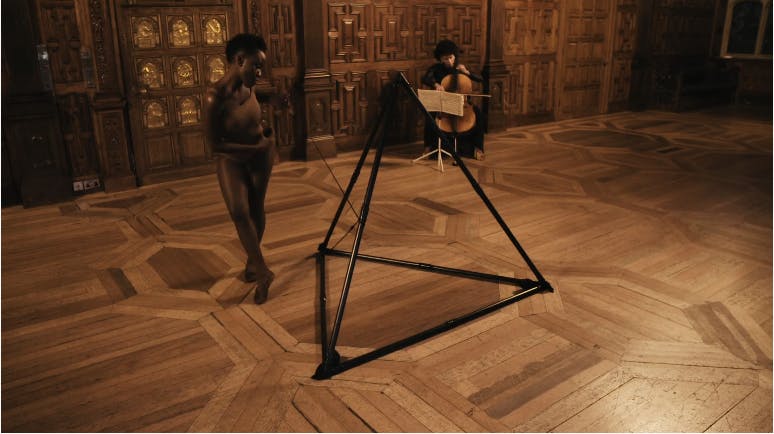
Vous avez aimé cet article ? Devenez mécène sur tipeee m’aide beaucoup.

Bonjour je suis Aldjia créatrice et animatrice de ce podcast. Je suis également l'autrice de ce blog, ravie de vous rencontrer !